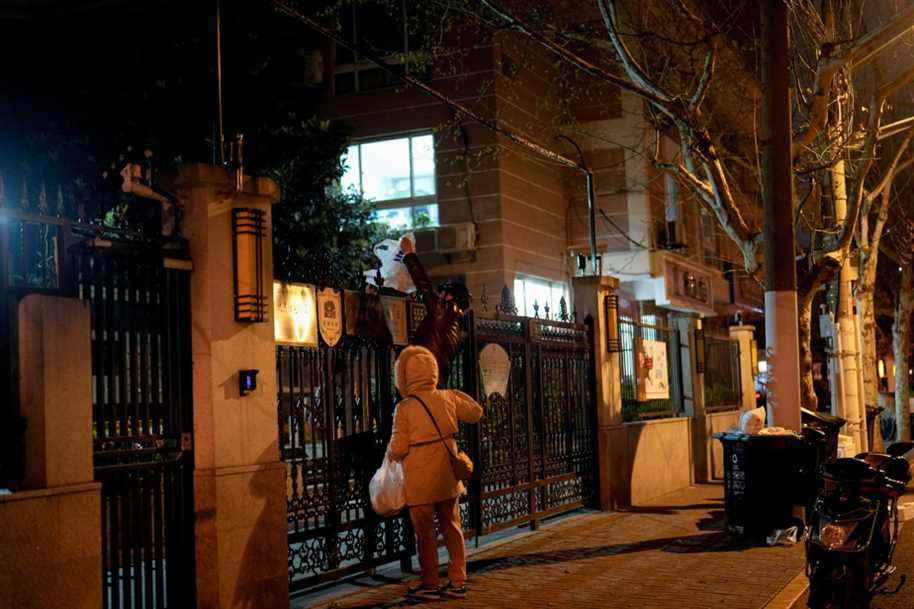(Shanghai) To avoid total containment in the face of a rebound in the COVID-19 epidemic, Shanghai will be divided into two parts which will be subjected in turn to five days of containment, the government of the largest city announced on Sunday. from China.
Posted at 12:46 p.m.
The eastern part of the port city will be confined from Monday to allow the screening of its population, followed by the western part for the same duration from 1er April.
The metropolis of 25 million inhabitants has become in recent days the epicenter of a new wave of contamination, linked to the Omicron variant, which began to accelerate in early March and is putting the “zero COVID-19″ strategy to the test. ” from China.
Until the last moment, city authorities sought to avoid a total lockdown, which would be very damaging to the economy, seeking instead to minimize disruption with a more targeted approach, marked by 48-hour lockdowns of certain neighborhoods.
“If Shanghai, our city, came to a complete halt, many international cargo ships would end up in the East China Sea,” Wu Fan, a medical expert with the city’s pandemic task force, said on Saturday.
“This would have an impact on the entire national economy and on the world economy,” he added during a press conference in the port megalopolis.
But with the surge in cases, the authorities explained on Sunday that they had decided on this measure “to curb the spread of the epidemic, ensure the safety and good health of the inhabitants” and isolate “as quickly as possible” the cases of infections. .

PHOTO ALY SONG, REUTERS
Shanghai residents wait in line to be tested for COVID-19 on March 27.
Pudong before Puxi
The eastern part of the city, Pudong, confined first, includes the international airport and Shanghai’s financial district.
In the western part, Puxi, confined from 1er April, is the famous historic artery of the Bund, along the Huangpu River which crosses the city.
Residents are urged to stay at home and all employees, both in the public and private sectors, who are not involved in essential services are asked to do the same.
The exceptions concern hospital staff, those responsible for transport, the supply of electricity, gas or food products.
Buses, taxis and the subway will stop operating, but no mention is made of port activities or the impact on trains or planes serving Shanghai.
Nationwide, the National Health Commission on Sunday reported more than 4,500 new infections, a figure more than 1,000 lower than those recorded in the previous days, but much higher than those of the last two years.
Millions of residents of affected regions across the country have been subjected to confinements decreed in cities such as the industrial city of Shenyang (northeast), capital of Liaoning province, bordering that of Jilin.
Shanghai and Jilin are currently the regions hardest hit by the epidemic.
Chinese authorities also watched nervously as the wave of Omicron in Hong Kong claimed large numbers of unvaccinated elderly people.
Its subsequent spread in mainland China has posed a dilemma for authorities, who wonder how strongly they should respond.
Although the figures for daily new cases of the virus spreading are very low compared to other countries, they are the highest in China since the first weeks of the pandemic.
China has largely brought the coronavirus, which first emerged in the city of Wuhan in late 2019, under control, thanks to a “zero COVID-19” policy of draconian sanitary measures.
But this approach is increasingly questioned for its economic impact and the “pandemic fatigue” felt by the population.
